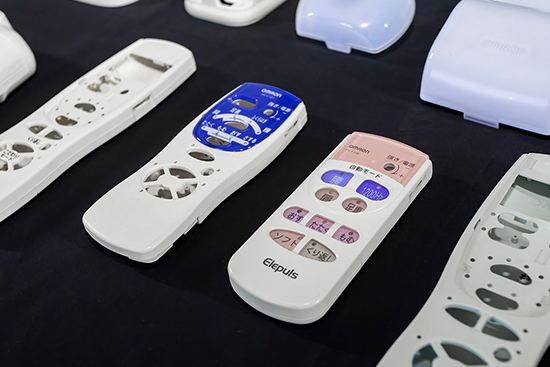Injection molding is widely used in industrial production. For example, household appliances, electronic products, automotive components, daily necessities, toys, medical equipment, and other products are mostly processed through injection molding. Injection molding can not only meet the requirements of different industries for product quality, appearance, and performance, but also achieve efficient and low energy consumption production methods, providing important support for various manufacturing industries.
It is crucial to choose the appropriate plastic material during the injection molding process. Common plastic materials include polypropylene (PP), polyethylene (PE), polyvinyl chloride (PVC), polystyrene (PS), etc. Different plastic materials have different characteristics, such as hardness, toughness, heat resistance, etc., and suitable materials can be selected according to the needs of the product. In addition, some additives such as plasticizers and anti UV agents can also be added to improve the performance of plastic products.
What are the techniques for optimizing material performance in Dalian injection molding?
Material performance optimization refers to improving the performance and quality of injection molded products through reasonable process design and material processing methods. Here are some common material performance optimization techniques:
(1) Reasonably designed injection molding process parameters can improve product quality and performance. For example, by adjusting parameters such as injection speed, mold temperature, and cooling time, the shrinkage rate and internal stress of the product can be controlled, improving the dimensional accuracy and strength of the product. At the same time, reasonable process parameters can also avoid surface defects of the product, such as warping, burrs, etc.
(2) Choosing appropriate reinforcing materials can improve the strength and stiffness of injection molded products, as well as improve thermal stability and chemical resistance. Common reinforcement materials include glass fiber, carbon fiber, and nanomaterials. By adjusting the dosage and distribution of reinforcing materials, the expected performance requirements can be achieved.
(3) Optimizing the melting performance of materials is crucial for the injection molding process. By selecting appropriate raw materials and additives, the melting temperature, fluidity, and viscosity of the material can be adjusted. At the same time, by increasing the molding temperature and adjusting the injection speed, the melting performance of the material can be improved, and problems such as thermal decomposition and poor flow can be reduced.
(4) When considering subsequent processing and usage conditions in material selection and performance optimization, it is necessary to consider subsequent processing and usage conditions. For example, if the product requires secondary processing, such as welding, cutting, and surface treatment, it is necessary to select materials that are compatible with other materials. At the same time, the aging resistance, corrosion resistance and wear resistance of materials also need to be optimized according to the use environment and conditions of products.
The principle of injection molding is to inject molten plastic material into the closed cavity of the mold through a nozzle, forming the desired product shape in the mold, and then remove the product after cooling and hardening. The entire process is mainly divided into four steps: filling, sealing, cooling, and demolding. During the filling stage, plastic particles are heated and melted, forming a molten state. Then, under the high pressure of the injection molding machine, the molten plastic is pushed into the closed cavity of the mold.







